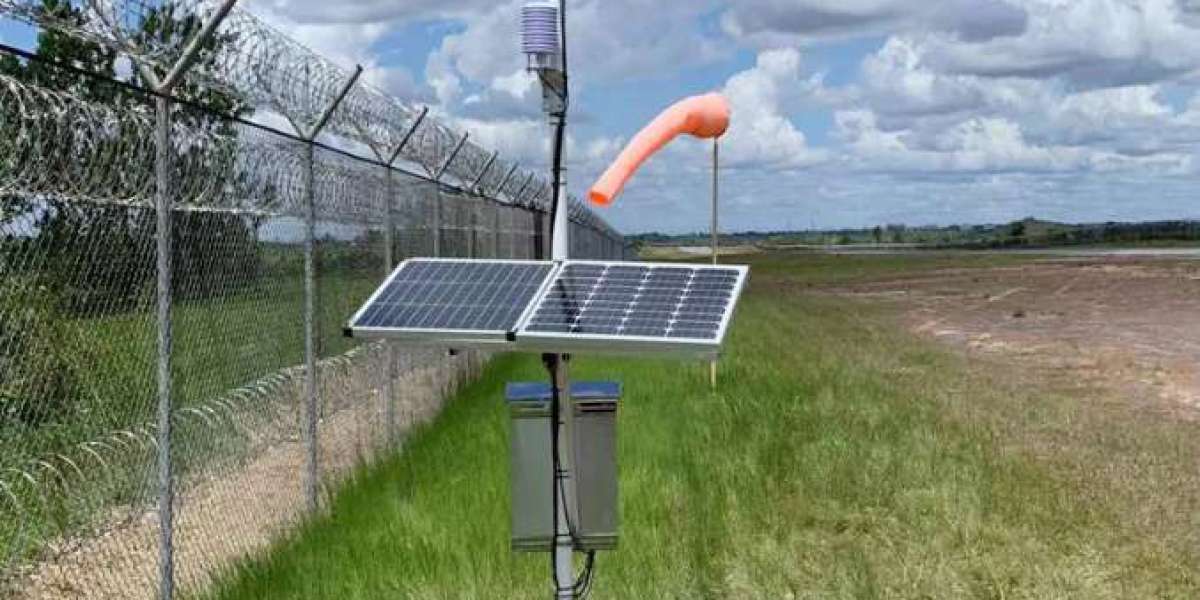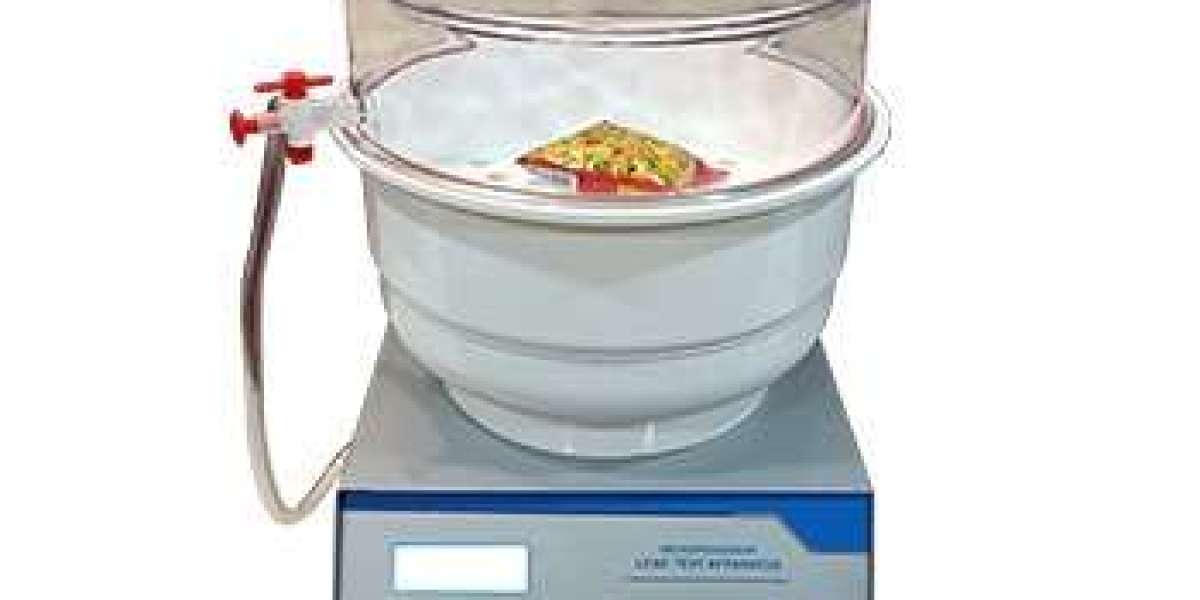Disaster risk reduction (DRR) aims to minimize the impacts of natural hazards, such as hurricanes, floods, and earthquakes, on human lives, infrastructure, and livelihoods. Meteorological stations equipped with specialized weather station instruments play a crucial role in providing real-time weather data necessary for early warning systems, hazard mapping, and disaster preparedness efforts. This article explores the significance of weather instruments in disaster risk reduction and their contribution to enhancing resilience and reducing vulnerability to natural disasters.
Early Warning Systems
Early warning systems rely on accurate weather data to detect and forecast natural hazards, such as tropical cyclones, severe storms, and flash floods, in advance. Weather station instruments provide real-time data on meteorological parameters, including temperature, humidity, wind speed, and precipitation, which are essential for monitoring weather conditions conducive to hazardous events. Anemometers, rain gauges, and barometers installed at meteorological stations and disaster monitoring centers collect weather data necessary for issuing timely warnings, activating evacuation plans, and implementing emergency response measures to protect lives and property in disaster-prone areas.
Hazard Mapping and Vulnerability Assessment
Weather data collected by meteorological stations supports hazard mapping and vulnerability assessment efforts by providing information on weather conditions influencing the intensity, frequency, and distribution of natural hazards. Temperature gradients, atmospheric pressure, and wind patterns influence the development and movement of hazardous phenomena, such as storm surges, landslides, and wildfires, posing risks to communities and infrastructure. weather instruments help identify hazard-prone areas, assess exposure to natural hazards, and evaluate the vulnerability of populations and assets to potential disaster impacts. By integrating weather data into hazard mapping and risk assessment tools, policymakers and disaster managers can prioritize mitigation measures, allocate resources effectively, and reduce vulnerability to natural disasters.
Forecasting Extreme Events
Extreme weather events, such as heatwaves, droughts, and wildfires, are becoming more frequent and intense due to climate change, posing significant challenges to disaster risk reduction efforts. Weather instruments help forecast extreme events by monitoring weather conditions conducive to their formation and intensification. Temperature sensors, humidity monitors, and satellite imagers installed at meteorological stations and disaster monitoring centers provide data for predicting heatwaves, droughts, and wildfire outbreaks, enabling authorities to implement preventive measures, such as water rationing, fire bans, and heat health advisories, to reduce the impacts of extreme events on communities and ecosystems.
Enhancing Community Resilience
Community resilience is essential for building adaptive capacity and reducing vulnerability to natural disasters. Weather instruments play a vital role in enhancing community resilience by providing real-time weather data for disaster preparedness, response, and recovery efforts. Temperature monitors, wind gauges, and precipitation sensors installed at meteorological station and community-based weather stations enable local authorities, emergency responders, and community organizations to monitor weather conditions, assess disaster risks, and implement risk reduction measures tailored to local needs and vulnerabilities. By integrating weather data into community resilience initiatives, stakeholders can empower communities to build stronger social networks, improve infrastructure resilience, and enhance adaptive capacity to withstand the impacts of natural disasters.
Conclusion
In conclusion, weather instruments are essential for disaster risk reduction, providing critical data for early warning systems, hazard mapping, extreme event forecasting, and community resilience building. Meteorological stations equipped with specialized sensors enable disaster managers, policymakers, and communities to understand the dynamics of natural hazards, anticipate disaster risks, and implement proactive measures to reduce vulnerability and enhance preparedness for future disasters. By harnessing the power of weather station instruments and integrating weather data into disaster risk reduction strategies, we can build more resilient and sustainable communities capable of withstanding the challenges of natural disasters and climate change.









